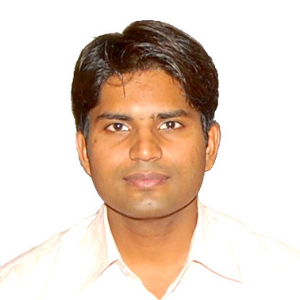
Ghanshyam Verma is a Research Associate at the Insight Centre for Data Analytics, School of Computer Science, University of Galway, Ireland.
He leads various research projects in collaboration with industrial partners such as Fidelity Investments, Accenture, and Roche. His current work focuses on augmenting external domain knowledge with Large Language Models (LLMs) to enhance the capabilities of LLMs in answering domain-specific questions. In the past few years, he has been involved in the successful completion of three research projects with Fidelity Investments. One of the collaborations with Fidelity Investments focused on the development of a Knowledge Graph-driven Reinforcement Learning-based Explainable Recommender System. He also worked on another research project in collaboration with Huawei Technologies (Ireland) Co. Ltd on Knowledge Graph-based intent classification.
He is also involved in co-supervising master’s students and has been central in leading the infrastructure improvements of the NLP group at DSI, particularly in regard to GPU procurement and management. He successfully supervised two research assistants, helping them improve their skills and profiles.
His Ph.D. work at University of Galway is focused on Machine Learning algorithms that improve disease diagnosis by combining data-driven Machine Learning with Knowledge Graphs. During his PhD, he developed algorithms for early-stage disease diagnosis, biomarker identification, and personalized disease diagnosis by combining the gene expression profiles of patients with a Knowledge Graph.
Ghanshyam Verma received his M.Tech. degree in Computer Science and Engineering (with a specialization in Data Analytics) from LNMIIT, Jaipur, India. At LNMIIT, he developed new techniques for time series forecasting. He also holds a B.Tech. degree in Computer Science and Engineering.
Research interests: Artificial Intelligence, Machine Learning, Natural Language Processing, Large Language Models, Knowledge Graphs, Bioinformatics, Time Series Analysis, Recommender Systems.
You can find his publications on Google Scholar.